One of the most interesting contemporary art exhibitions in Portland right now features work by artists who are black, white and Native American, and who identify as Japanese, Gabonese and Wabanaki. Their heritages are French and First Nation, and one, an award-winning Passamaquoddy basketmaker, identifies as gender-nonconforming.
“It’s probably the most diverse art show in Maine,” said Barbara Burns, a tapestry artist from Cundy’s Harbor in Harpswell, who explores sexual identity and gender in her woven piece, “Temptation.” “Maine has an interesting level of diversity, and I think you are seeing that here.”
The artists are diverse in gender, geography and ethnicity, as well as in their media. The exhibition includes snowshoes, ash baskets, paintings, sculpture, photographs, ceramics, clothing, jewelry, woolen rugs and a neon wall hanging inspired by sunsets. The topics also are diverse – and explosive: slavery, environmental degradation and drag queens.
Despite the unusual composition of the artists and their art, what may be most noteworthy about “Spark! Maine Art Stories” is that it’s on view at the Maine Historical Society, an organization founded in 1822 and dedicated to the preservation and interpretation of Maine’s past. The historical society has exhibited contemporary artwork before in exhibitions about Maine history to draw parallels to modern society. But it’s unprecedented for the historical society to dedicate an exhibition solely to work by living artists.
“This exhibition is important to us, because we don’t just think of history as looking backward, but looking at the continuum between the past and present,” said the society’s executive director, Steve Bromage. “What we do today shapes Maine in the future and will be written in our history.”
“Spark!” celebrates 16 artists who share creative DNA with artists of yesteryear, said Tilly Laskey, the historical society’s outreach curator, who organized the exhibition. She named the exhibition “Spark!” to capture what she calls the “explosive creativity” of Maine’s artistic lineage.
“These are the Homers, the Wyeths and the Hartleys of today,” Laskey said. “It might seem strange that we have a contemporary art exhibition, but for us, it feels like what we do.”
The artists are linked by a creative spark they find in Maine, and they share that linkage with generations of artists and makers before them. Paleo-Indians made arrowheads from stone, 19th-century craftspeople made shoes and paper, and contemporary artists come to Maine to draw on its light and beauty. Their stories are woven in Maine culture. Some descend from families who have called this region home for centuries; others are new arrivals. All embody the creativity history of Maine.
Laskey sought established and emerging artists. The best-known in “Spark!” are Katharine Cobey, a socially- and environmentally-minded knitter from Cushing, who shows her work nationally, including at the Smithsonian Art Museum; Daniel Minter, a multimedia artist from Portland who explores his African-American heritage in his work and has twice designed Kwanzaa stamps for the U.S. Postal Service; and Geo Neptune, a nationally recognized basketmaker from Indian Township in Washington County. Neptune, 29, used to go by George before identifying as trans and gender-nonconforming this year. Neptune won an award and honorable mention at the Heard Museum Guild Indian Fair & Market last winter in Phoenix, Arizona, and is considered a rising star in Maine Indian basketry, Laskey said. The Portland Museum of Art included Neptune’s baskets in its biennial two years ago.
Laskey invited artists, in part, based on how their art reflects and relates to their lives in Maine, although she was mostly motivated to include artists whose work feels exciting and inspiring, she said.
In most cases, she asked the artists to choose what they wanted to display and also asked them to write their own blurbs for the wall text that explains their art and life. With each piece, Laskey also includes a photograph to humanize the artist and reinforce the notion that these artists are part of the community. “It’s super important that people are able to see the artists, so they are not an amorphous thing,” Laskey said. “This is a person who lives in Portland or who lives in Maine, and you might see them on the street. They are your neighbors.”
One artist is from Canada. Gina Brooks, a painter, is a Maliseet Indian from St. Mary’s First Nation in New Brunswick. She lives in Fredericton, and Laskey included her because she explores borders in her work and how they separate people from their homelands.
Brooks and Neptune are among four Native Americans in the exhibition. The others are the husband-wife team of Donna Decontie Brown and Jason Brown, who are members of the Penobscot Nation from Bangor. They are showing haute couture fashion and jewelry that draws on their Wabanaki heritage.
Ayumi Horie, a Portland potter, pursues her Japanese-American heritage with her ramen bowls, which represent culture and craftsmanship. She grew up in the Lewiston-Auburn area with a Japanese aunt who traveled to Boston and New York to buy Japanese food when none was available in Maine. Family members grew vegetables in their garden and fished in Casco Bay. Mackerel sushi, broiled flounder and pickled fiddlehead ferns were all regular foods at the table, along with ramen, Horie said.
“My ramen bowls are a continuation of the way in which my family combined the best of both worlds to create a life for themselves in Maine,” she said. “They embraced the best of Maine food from fishing and gardening and infused it with traditional Japanese cooking. What I’m doing with these ramen bowls is making the vessel for this combination of the best of both worlds.”
Titi de Baccarat came to Portland in 2015 after leaving his native Gabon “with only the wealth of my artistic ability,” he said. In his art, he incorporates painting, sculpture and writing. He also makes jewelry and designs clothing.
For “Spark!” he chose “My African Book,” which tells stories of his village, culture and roots in a handmade book that is shaped like the African continent. He’s also showing earrings that he designed and made.
In Gabon, de Baccarat made art that described his experience promoting peace and solidarity and denouncing conflict. In Maine, he wants to use his work to describe his experience as an immigrant, including his pain, fear, uncertainty and hope. In his statement, he wrote of his book, “Every human needs to be connected to their past, their present, and decide about their future. I hope we write the next chapter together, because we share the same humanity. Immigration is not a color, it is pain and hope.”
Minter, who was recently chosen for the 2018 PMA biennial, is showing a mixed-media painting, “Sojourners Quilted.” He made it in 2005, and it was among the first pieces he made after moving to Maine and learning about the mixed-race families who were forced from their homes on Malaga Island in Phippsburg. His painting includes solitary figures, vertical blocks of color and patterns of lace, symbols of strength, comfort and home “in a powerless social environment.”
More generally, much of the work Minter has completed in Maine is specific to place and references Maine’s role as “a thruway” to Canada for black people escaping slavery. Being in this exhibition, he said, is rewarding because of the links in subject and theme among the artists and their work. “I am glad that my work can communicate with other work that is on a level other than its artistic merit,” Minter said.
Laskey also includes a lot of what might be considered traditional Maine crafts. The self-taught father-son team of Edmond and Brian Theriault of Fort Kent is showing a pair of snowshoes. They learned to make snowshoes out of necessity. “We always had a ton of snow to play in,” said Brian Theriault, “and we had to get around.” Theriault considers his snowshoes “one-of-a-kind pieces of usable art.”
Similarly, Hector Jaeger of Bath, co-founder of Halcyon Yarn, doesn’t care if you walk on his rugs or hang them on the wall, and he doesn’t feel strongly if you call them art or craft, or both. “I love the fact that it’s impossible to say if it’s art or craft, or if that even matters these days,” he said.
His earthy rug represents his take on an ancient form, rooted in the visual and tangible worlds. He uses rugs to express color, form and craftsmanship and creates something that feels both familiar and original.
For Karen Jelenfy, a painter from the Knox County town of Washington, “Spark!” marks her first foray into Portland. She has shown her paintings around Maine and around the country, but never in Maine’s largest city. She makes abstract oil paintings in response to the Maine landscape.
She’s typical of many artists in Maine, juggling several jobs, including as a tour guide at the Olson House in Cushing, a shrine to the painter Andrew Wyeth, to support herself. She struggles with finances and fibromyalgia, and paints by sheer force of will.
She chooses Maine because it’s beautiful. But it’s hard place to live, she said. “I have gotten progressively poorer the longer I live here. We all do,” she said. “That’s the Maine retirement – you only have two part-time jobs.”
Laskey, whose husband is the artist James Graham, is sympathetic. This show gives her the chance to champion artists whose work she admires, and she’s gratified that several artists in “Spark!” are in other prominent exhibitions. De Baccarat is showing at Creative Portland, Ian Trask has work in the “Materiality” exhibition opening this week at the Center for Maine Contemporary Art in Rockland, Brendan Bullock is showing photos in “America Now … A Dialogue” at the Holocaust and Human Rights Center in Augusta, and Minter will be in the PMA biennial opening in January.
“They’re all great artists, and it’s exciting their work is getting seen,” Laskey said. “All these artists are making sacrifices to live here, just as Homer, Wyeth and Hartley did. There’s not a large market for contemporary art in Maine, but they choose to live here for a variety of reasons – the light, the sense of community, the overall beauty, the isolation.”
That’s the continuum that links them together, today and through time.
Send questions/comments to the editors.


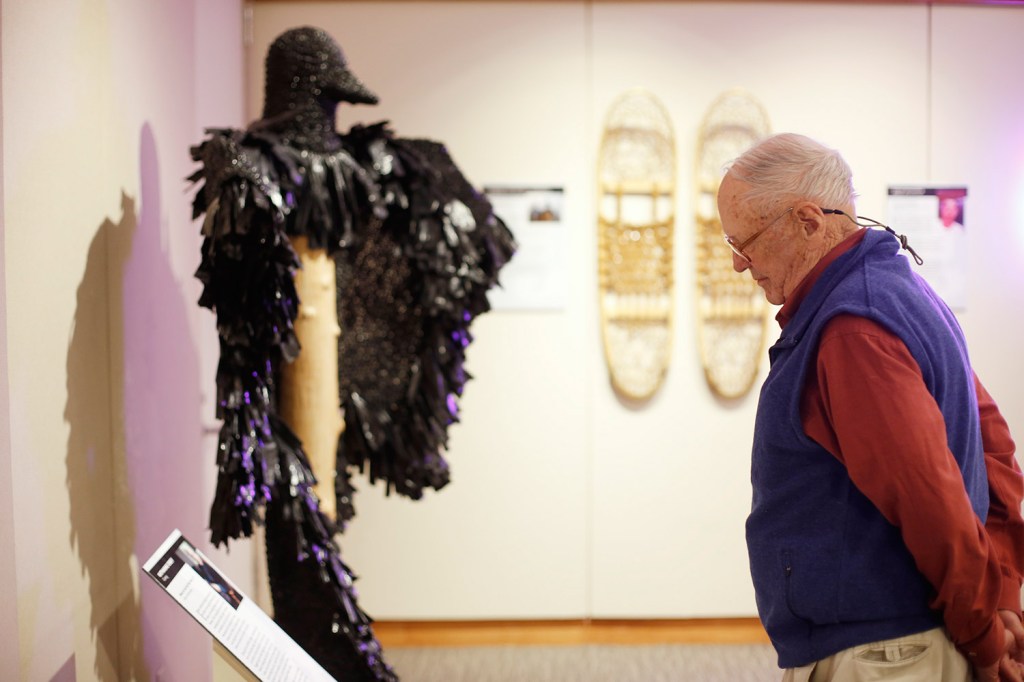
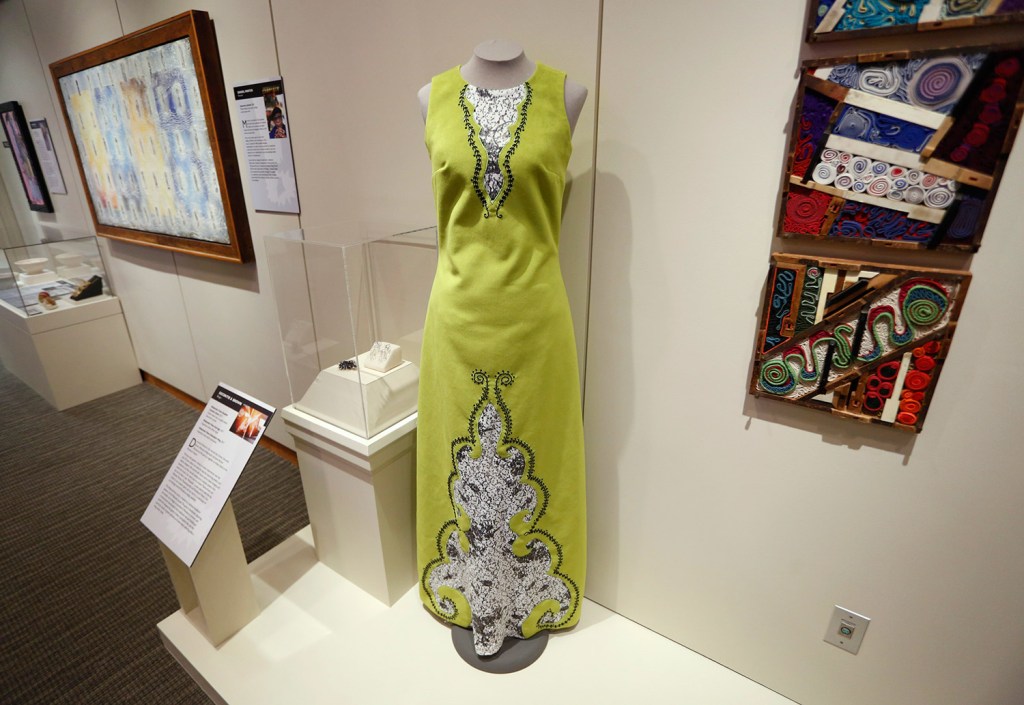

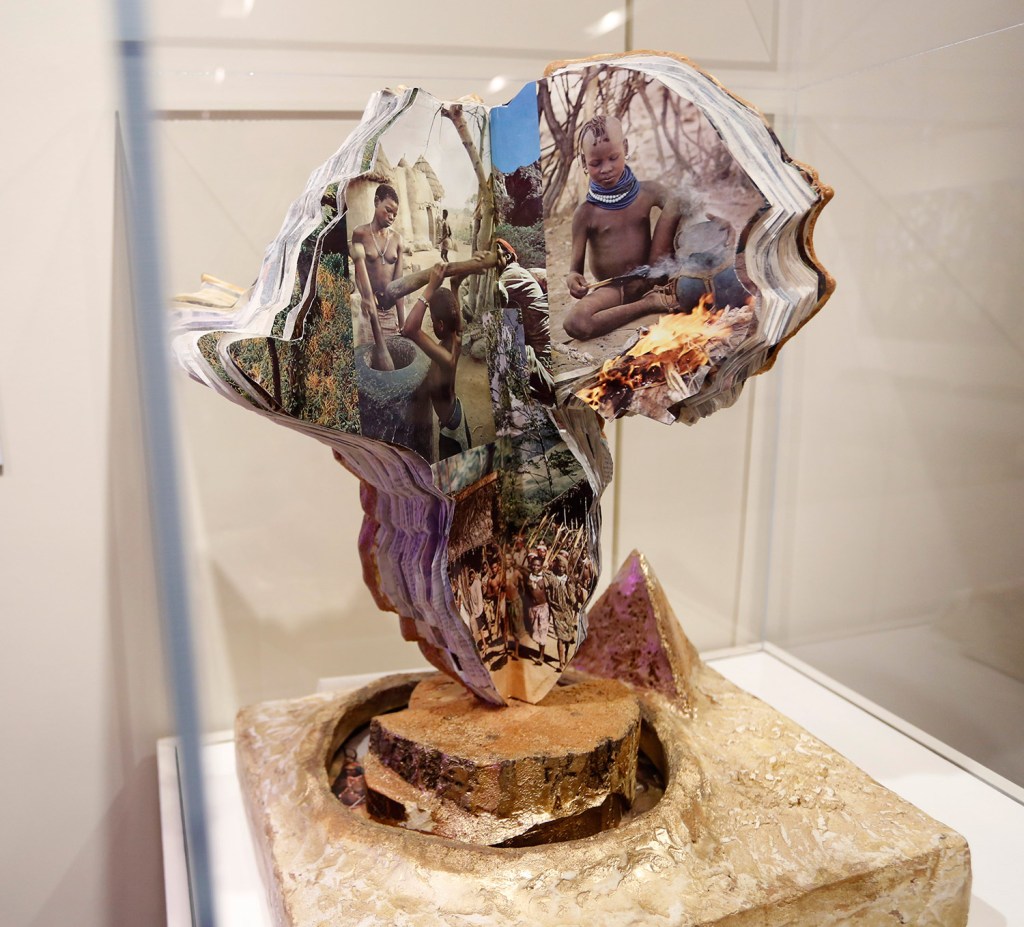
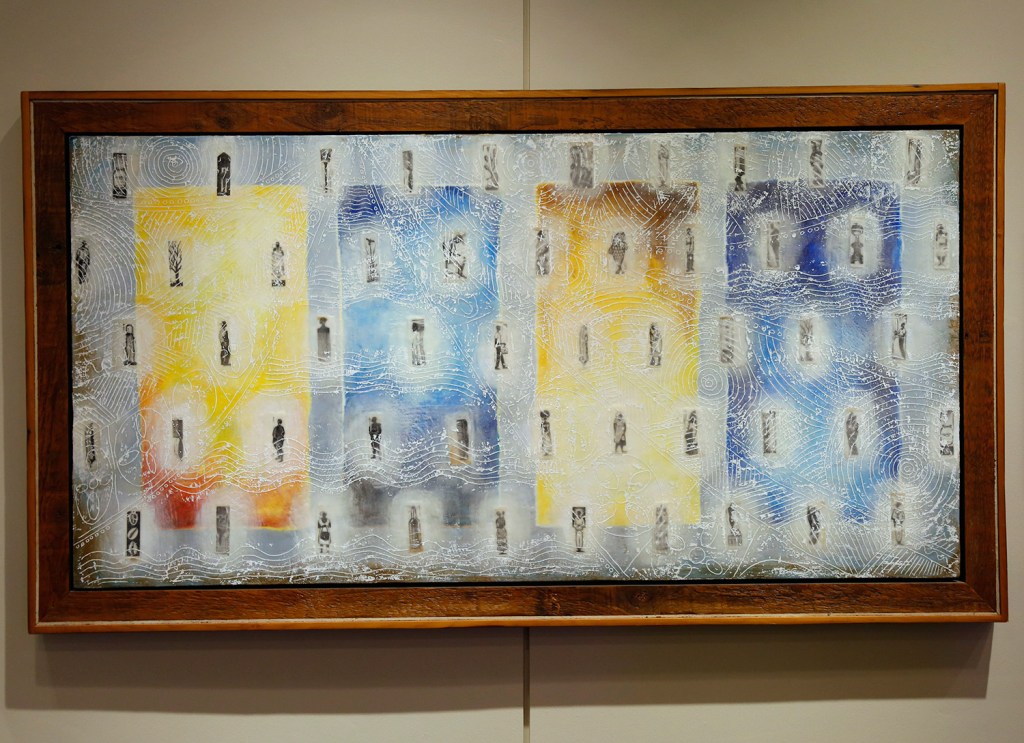
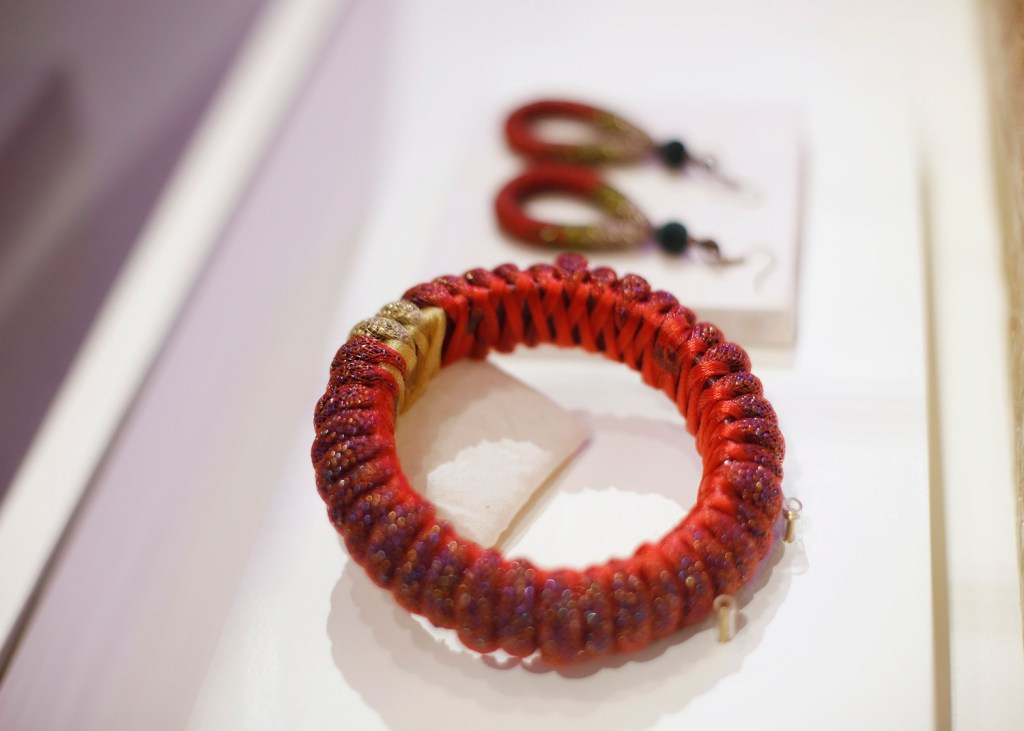
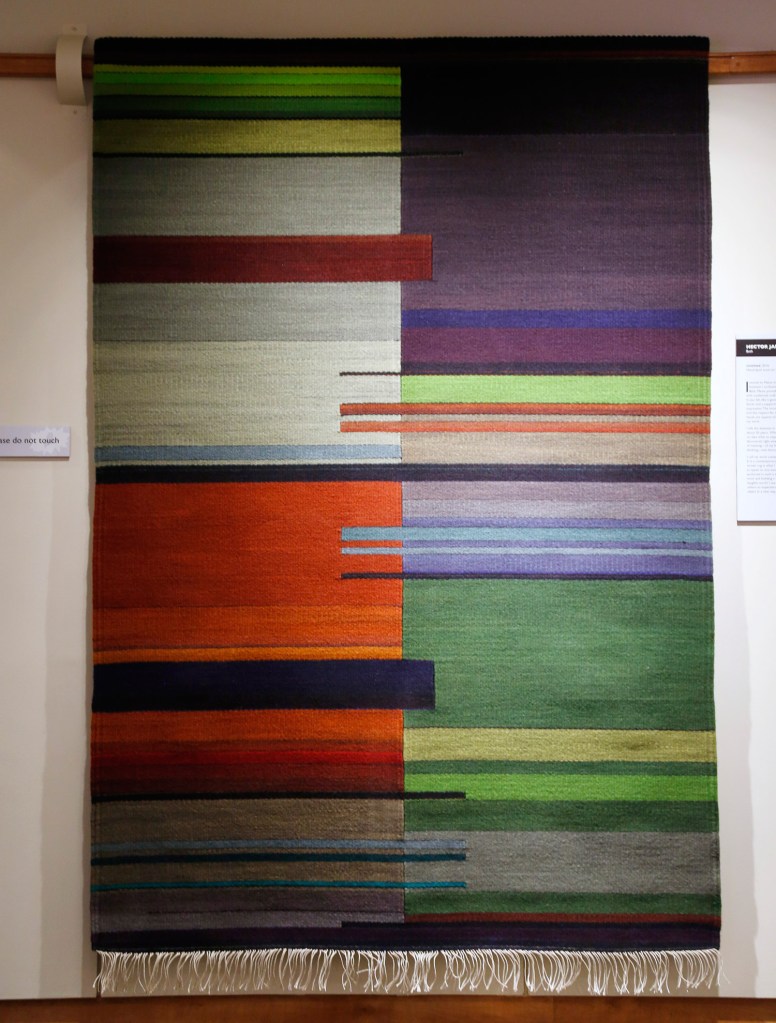

Success. Please wait for the page to reload. If the page does not reload within 5 seconds, please refresh the page.
Enter your email and password to access comments.
Hi, to comment on stories you must . This profile is in addition to your subscription and website login.
Already have a commenting profile? .
Invalid username/password.
Please check your email to confirm and complete your registration.
Only subscribers are eligible to post comments. Please subscribe or login first for digital access. Here’s why.
Use the form below to reset your password. When you've submitted your account email, we will send an email with a reset code.